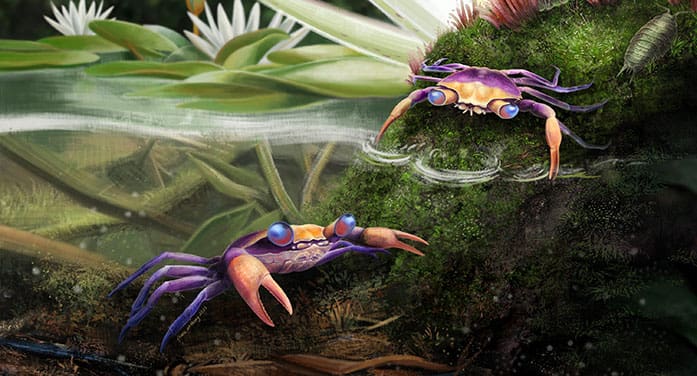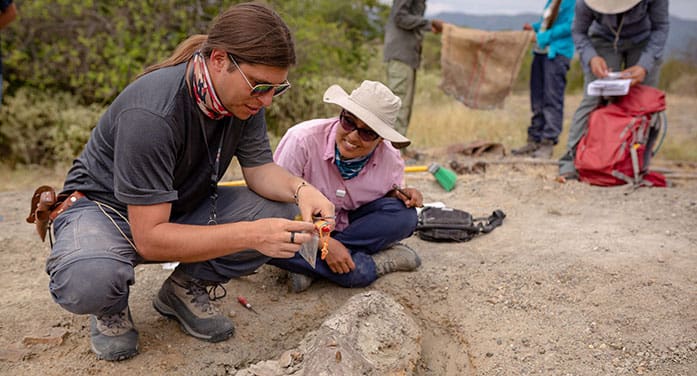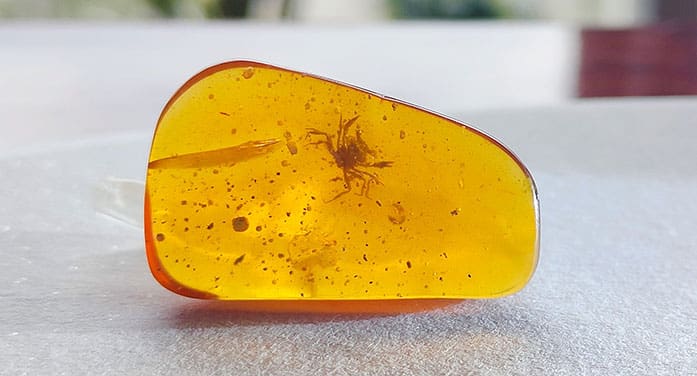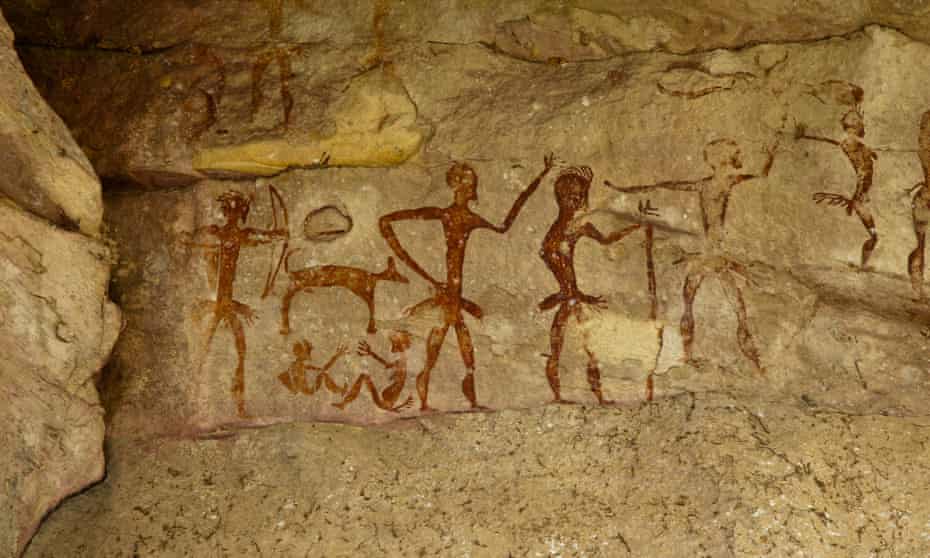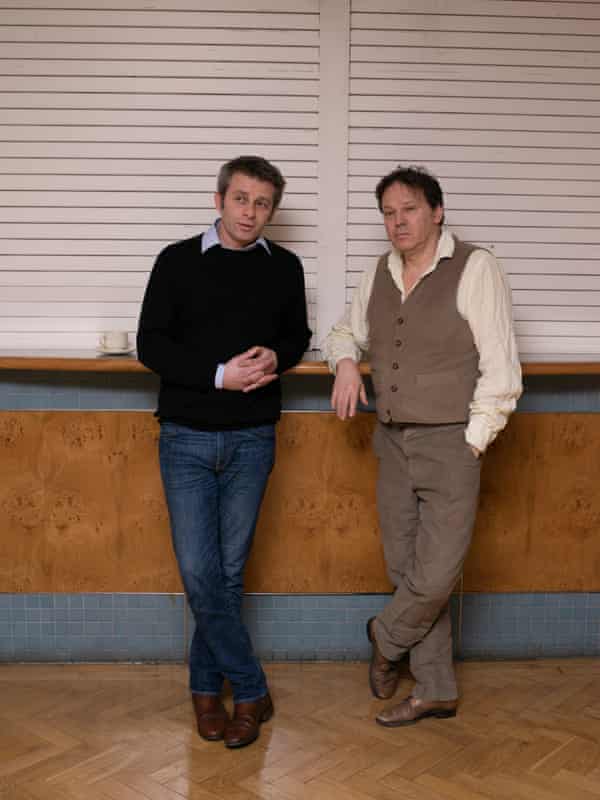The Dutch Government Is Gambling Billions On Green Hydrogen
Editor OilPrice.com
Sat, October 23, 2021
The future of green hydrogen looks very bright, with the renewable energy source becoming something of a media darling in recent months. The global drive to invest in green or blue hydrogen is picking up steam and investment levels are staggering. Realism and economics, however, seem to be lacking when it comes to planning new green hydrogen projects in NW Europe, the USA, and Australia. At the same time, blue hydrogen, potentially an important bridge fuel, is being largely overlooked. The Netherlands, formerly a leading natural gas producer and NW-European gas trade and transportation hub, is attempting to establish itself as a main pillar of the European hydrogen economy. According to the Dutch government, the Netherlands is ready to provide whatever is needed to support the set-up of a new green hydrogen hub and transportation network. During the presentation of the 2021-2022 government plans in September (Prinsjesdag), Dutch PM Mark Rutte committed himself to this green hydrogen future. Without any real assessments of the risks and potential economic threats, plans are being discussed and implemented for a multibillion spending spree on green hydrogen, involving not only the refurbishment of the Dutch natural gas pipeline infrastructure but also the building of major new offshore wind parks, targeting the construction of hundreds of additional windmills. These wind parks are going to be set up and owned by international consortia, such as the NorthH2, involving Royal Dutch Shell, Gasunie (owned by the government), and others. The optimism about these projects is now being questioned, not only by skeptics but increasingly by parties, such as Gasunie, that are part of the deals.
Dutch public broadcaster NOS reported yesterday that questions are popping up about the feasibility and commercial aspects of these large-scale plans as well as the potential risks of a new “cartel” of offshore wind producers. The multibillion-dollar investment plans, supported by the government, are even being questioned by experts of the Dutch ministry of economy, as it is not clear at all if green hydrogen production in the Netherlands, such as the NorthH2 project in Groningen (formerly known as the Dutch natural gas province), will ever be feasible or take-off. The commercial viability of green hydrogen is a major issue as it still needs large-scale technical innovation and scaling up of electrolyzers. At the same time, there is uncertainty over demand as industry (the main client) does not appear to be interested at present. Dutch parties are also asking themselves if the current set up of the planned offshore wind parks are not a precursor to a new wind-energy cartel in the making. Some Dutch political parties and even insiders from Gasunie are worried about a monopoly position of the likes of Shell in the future.
Still, the main underlying issue is the financial risks being taken by the government in the coming years. As Dutch professor Paul Bovend’Eert stated to the news “plans are being developed, but financial risks are not addressed”. He also reiterated that the Dutch parliament has often been left out of the loop or not simply addressed at all. Several analysts have already warned that the current pro-green hydrogen strategy of the government is ‘gambling with billions”. Some have even warned that the projections about needed investments could be much higher than already is expected. The EU already stated that between EUR240-380 billion is needed to set up European-wide 40GW of hydrogen production. The Dutch government plans indicate a production capacity of 3-4GW by 2030 or an investment of tens of billions. To become a real NW-European hydrogen hub, investments will have to be even higher. While optimism is there, no real regulation and control mechanisms are in place to structure these government investments or subsidies to commercial parties. Gasunie board members indicated that more conditions and legal structures need to be put in place to control where the money is going. The current energy, oil, and gas markets in the Netherlands and EU are already liberalized. Ownership and investment or production strategies are not being set up by governments or the EU but by companies themselves. Nothing, in reality, would change dramatically, comparisons between hydrogen and natural gas markets are large.
The increased criticism by some, such as Gasunie and political parties, with regards to the power position of commercial parties, is also very strange. Some could argue that the current hydrogen strategy of Shell and others is what society and Dutch judges have forced them to do. Shell could and should argue a very simple position “we are doing what the Dutch legal system is forcing us to do”. For parties such as Shell, at least in the Netherlands or the EU, taking up green hydrogen strategies is a new License to Operate. International energy giants such as Shell do not want to be minor players in this market. For an international player, a pivotal position in any market is a must.
In the coming weeks, especially after COP26, as criticism is now being muted by most, a potential storm could be brewing. If assessments are pointing out that the risks being taken by the Dutch government are too high in light of the benefits, and potential higher bills for customers, potential opposition to green hydrogen plans could be growing. At the same time, the Dutch hydrogen plans are seen by most as pivotal, even in light of the EU Commission’s Green Deal plans. A full-scale backlash to hydrogen could be a reality if Dutch political parties are going to constrain implementation, while other European countries will be more skeptical about their own plans. Billions, or potentially trillions, of euros will be at risk if this new hydrogen infrastructure turns out not to be economically viable. Without the power and technology of existing energy players, especially Shell, Total, BP, or ENI, behind the set-up, the future of this new power source will remain uncertain.
By Cyril Widdershoven for Oilprice.com




